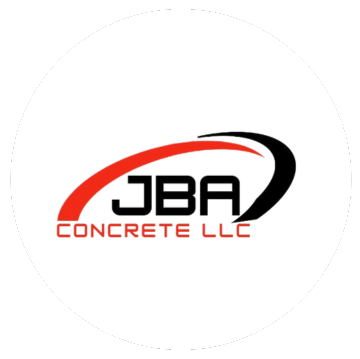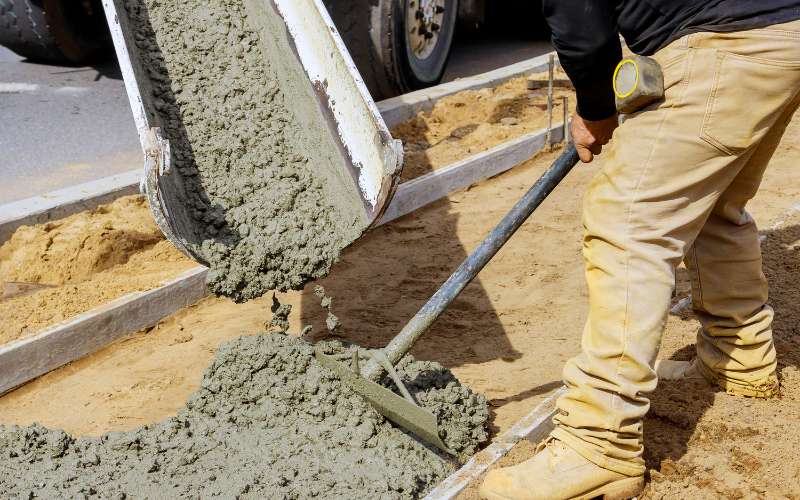Pouring concrete can be tricky, even for seasoned professionals. How to Avoid Common Concrete Pouring Mistakes is a challenge many face, especially during DIY projects or high-pressure situations. Have you ever poured concrete only to find cracks or uneven surfaces later? This blog post will guide you through avoiding these errors so you can achieve smooth, durable results.
Expert Tips to Prevent Mistakes When Pouring Concrete
Pouring concrete may seem straightforward, but even small errors can lead to costly repairs or structural issues. By following the steps below, you’ll learn how to avoid common pitfalls and achieve a flawless finish.
Understanding the Importance of Preparation
Before pouring concrete, proper preparation is essential. Skipping this step often leads to uneven surfaces or weak foundations.
- Clear the Site: Ensure the site is free from debris, roots, and loose soil.
- Compact the Base: A well-compacted base prevents sinking or cracking over time.
- Check the Weather: Avoid pouring during heavy rain or freezing conditions, which can weaken the mix.
Choosing the Right Concrete Mix
Selecting the correct mix ensures strength and durability. A poor mix often leads to cracks or uneven surfaces.
- Consider Project Needs: Different projects, like driveways or patios, require specific concrete strengths.
- Follow Manufacturer Guidelines: Stick to recommended water-to-cement ratios.
- Mix Thoroughly: Consistency is key to avoiding weak spots in the structure.
Using Proper Pouring Techniques
How you pour concrete greatly impacts the outcome. Incorrect techniques can create air pockets or uneven finishes.
- Pour in Layers: Work in sections to ensure even distribution.
- Use a Vibrator: Vibrating tools remove air pockets, increasing the concrete’s density.
- Level Immediately: Smooth the surface with a screed board or float to prevent uneven textures.
Timing is Everything
Timing is crucial when pouring concrete. Delays or rushing the process can ruin the final results.
- Monitor Setting Time: Concrete sets quickly, so work efficiently but carefully.
- Avoid Overworking: Excess troweling can weaken the top layer.
- Cure Properly: Allow sufficient curing time to prevent cracks and ensure durability.
Common Mistakes to Avoid
Even experienced professionals can make errors. By being aware of these common mistakes, you can avoid them entirely.
- Using Too Much Water: Overwatering weakens the mix and leads to cracks.
- Ignoring Expansion Joints: Without joints, concrete may crack under temperature changes.
- Skipping Sealing: A good sealant protects concrete from moisture and wear.
Ensuring Long-Term Durability
After pouring, maintenance ensures the concrete lasts for years. Neglecting post-pour care can shorten its lifespan.
- Seal Regularly: Protect against moisture and chemical damage.
- Clean Promptly: Remove stains and debris to maintain appearance.
- Inspect Annually: Check for cracks or wear to address issues early.
This comprehensive guide will help you achieve professional results. Avoiding these mistakes ensures your concrete project is durable and visually appealing.
Avoid Mistakes and Achieve Perfect Results
Concrete pouring mistakes can be costly and time-consuming, but with the right preparation and techniques, they’re easy to avoid. By following the steps outlined in this guide, you’ll ensure a smooth, durable finish for any project. If you need expert advice or professional help, contact us today for a free consultation. Let’s make your concrete project a success!





No comment